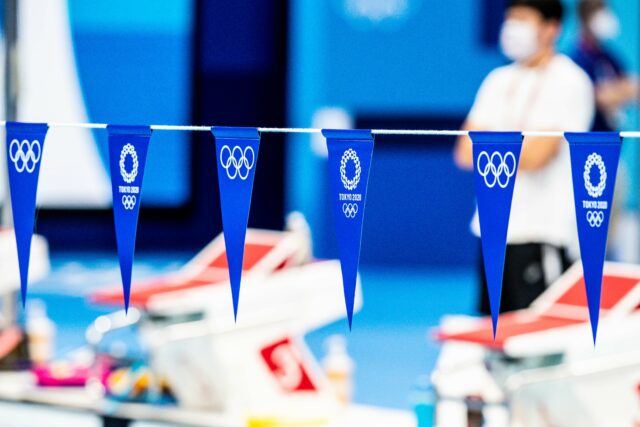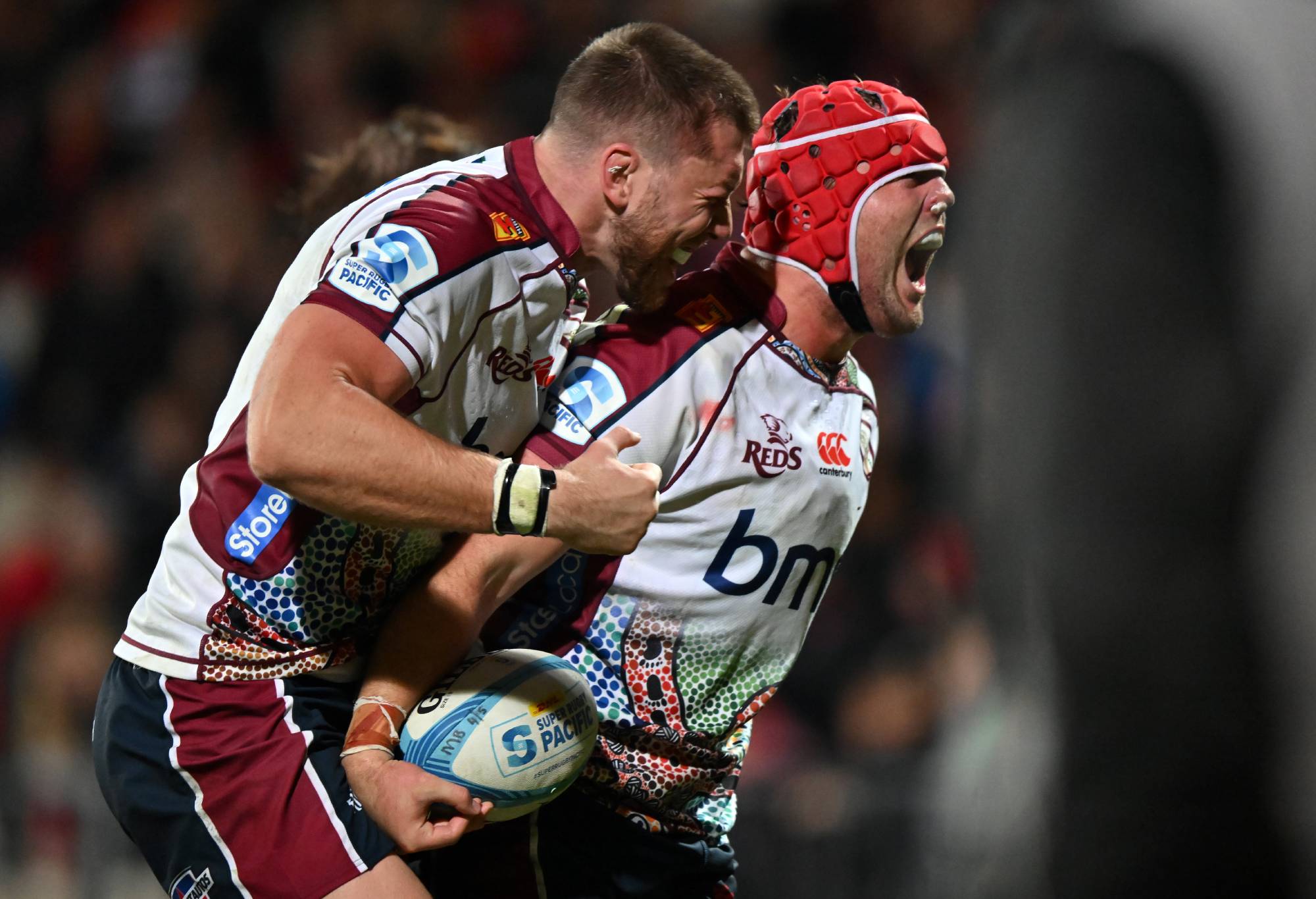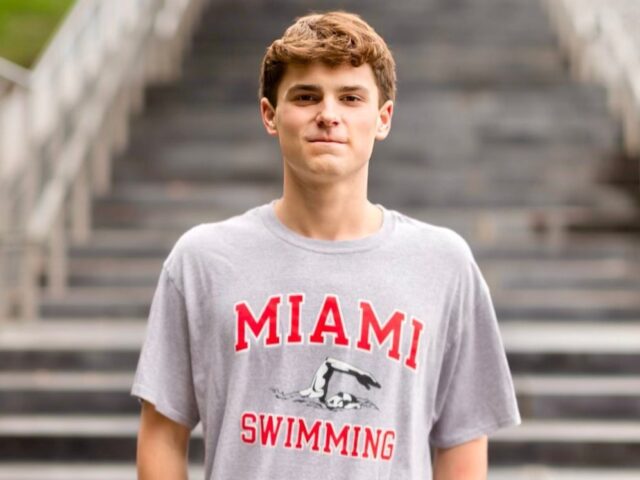By Riley Overend on SwimSwam

The U.S. Center for SafeSport unveiled a series of reforms on Monday in the wake of mounting criticism against the organization tasked with reducing abuse in Olympic sports programs across the country.
After an eight-month internal review, the center will now require its employees to spend more time preparing with new “trauma-sensitivity training,” create a separate team for cases involving minors, and give complainants two weeks to introduce new evidence at the end of an investigation.
It will also provide more explanation behind “administrative closures,” which have clouded transparency surrounding more than a third of the center’s cases since its inception in 2017. No information is released in cases of administrative closure, leaving no public record of the allegation.
“We are listening to athletes and responding with improvements to better serve them,” SafeSport CEO Ju’Riese Colon said. “We are proud of the progress we’ve made, but we are clear-eyed about the work ahead of us.”
Last month, a Congressionally appointed commission concluded that SafeSport should be funded independently — as opposed to mostly through the U.S. Olympic and Paralympic Committee (USOPC) — “so it can earn athletes’ trust and be held more accountable to the movement and the public.” The co-chairs of the commission, Dionne Koller and Han Xiao, believe there is much more to be done even after the latest round of changes.
“We are pleased to see SafeSport acknowledge the need for, and take steps to achieve, reform,” Koller said. “However, the Commission concluded that athlete safety depended on fuller systemic changes that require an act of Congress. This includes strengthening oversight and accountability for all movement institutions, granting independence to the Team USA Athletes Commission, and establishing an independent funding stream for SafeSport at a level sufficient for it to fulfill its mission.”
As of last summer, the government was providing just $2.3 million of SafeSport’s $23 million budget, which only supported about 60 full-time investigators. Colon has said last month her organization’s budget should be more like $30 million in order to manage the heavy caseload without lengthy delays.
In 2022, ESPN and ABC News learned that the USOPC raises part of its $20 million portion by making individual sports federations pay fees based on the number of allegations reported to SafeSport and the amount of work required to resolve them. The revelation raised concern over apparent conflict of interest as the funding structure inherently disincentivizes national governing bodies (NGBs) from reporting cases to SafeSport.
Responding to a question from Rep. Diana DeGette (D-Colorado), Colon said SafeSport’s $20 million of funding from the USOPC does not disincentivize national governing bodies (NGBs) from reporting misconduct. But just a few minutes later, former NWSL soccer player and current chair of the U.S. Soccer Federation Participant Safety Task Force Mana Shim pointed out that NGBs pay a higher fee for bringing more cases to SafeSport, completely contradicting Colon’s previous statement.
“Without actual amendments to SafeSport’s authorizing statute, it is unclear whether there is any level of accountability to follow through on these changes,” Grace French, founder of The Army of Survivors advocacy group, told ESPN. “I feel there is still a need to see more changes to the laws to better support athlete survivors.”
Lawmakers are in the process of considering additional SafeSport reforms that could grant athletes more say in the system, or maybe even fund the center with federal tax dollars instead of from the USOPC.
SwimSwam: U.S. Center for SafeSport Announces Reforms, Stops Short of Recommended Independent Funding















You must be logged in to post a comment Login